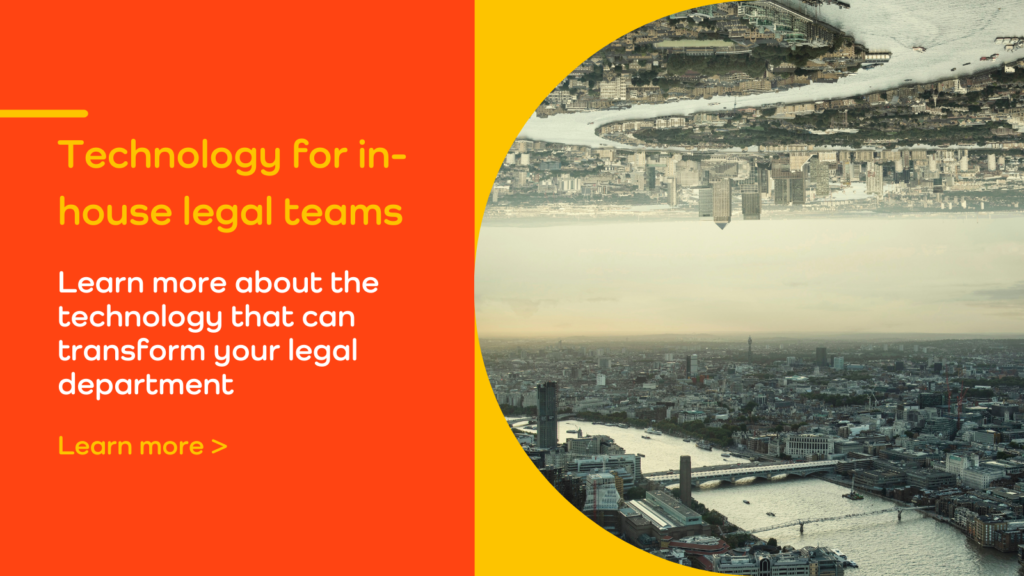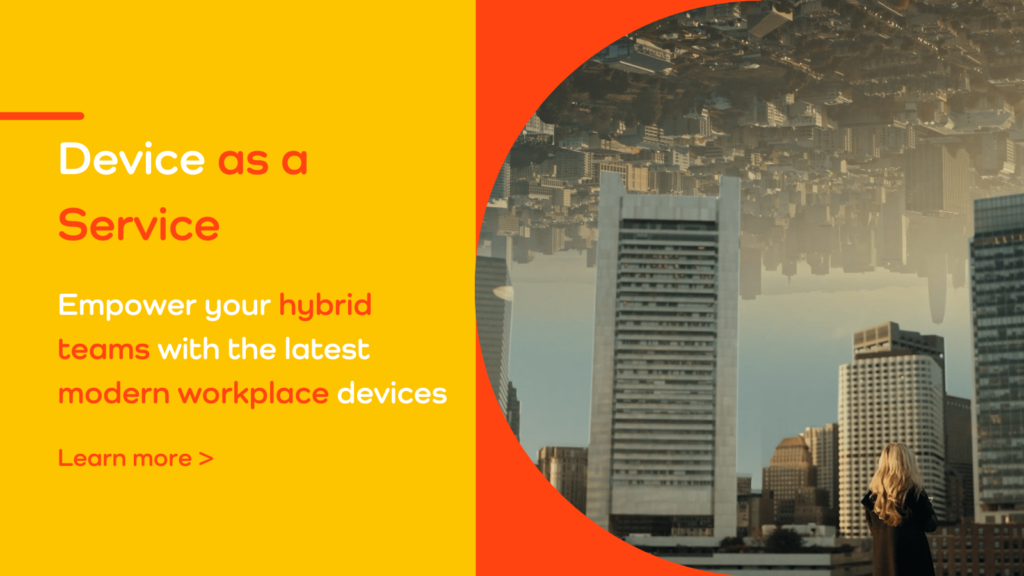Most legal departments have a real desire to embrace legal transformation, but many are struggling to secure budget. According to Gartner, 87% of legal departments in 2020 expected their total number of in-house full-time employees to stay the same or decrease. Yet although legal teams have become very lean, the volume and complexity of the work has increased significantly. These teams need to innovate and adopt new technology to cope with market and internal pressures to do more with less.
Against this backdrop you might expect it would be easy to get agreement and budget for legal transformation, but that is not always the case.
Legal departments are often viewed by the wider organisation as risk-oriented cost centres, a reactive function that supports its internal stakeholders. To make a compelling case for legal transformation, the legal team need to be viewed as a proactive, strategic resource. A function aligned with strategic goals, a business enabler, and a creative partner.
How to secure budget for legal transformation
The new role for Legal as a proactive partner is already happening in some progressive organisations. Heads of Legal and General Counsel have redefined the legal function and proven that it can drive business efficiencies, be more competitive and add real value.
They are securing budget for transformation because they communicate the technology business case using data: by demonstrating economical value and the wider positive impact on the organisation.
If you want to deploy new technology to transform your legal function, here are some strategies for building a compelling business case:
Align Legal with the overall organisation
Take a good look at your organisation’s business and market sector, and assess how Legal is supporting your organisation’s activities – particularly those areas that are key to the business meeting its objectives. Identify where Legal is already delivering value and supporting business goals, and the areas that are underserviced.
Follow the money and explore where Legal can contribute more economical value.
Communicate your vision for Legal
Create a departmental mission statement and set objectives. The mission statement should reflect the organisation’s wider strategy and the benefits Legal can offer through your department’s skills and competencies. Your objectives should be realistic, should support the organisation’s strategic initiatives and / or deliver high value, bringing the highest revenue or cost savings to the organisation.
Communicate this to management and get their agreement.
Define a legal technology roadmap
A legal technology roadmap provides stakeholders with the bigger picture. When they can see how the roadmap aligns technology with strategic objectives, they will find it harder to oppose legal transformation.
Identify the technology that will enable you to deliver on your objectives. Prioritise technology using the following criteria:
- User-friendly,
- Frees-up human resources for higher-value tasks,
- Quick to deploy and scalable,
- Secure,
- Drives measurable value for the organisation.
A successful legal technology roadmap will also be designed to evolve with changes in the corporate environment and advancements in the technology market.
Legal tech budgets are increasing!
If you’re finding it hard to secure budget for legal tech, you may not agree with this statement. But a Gartner survey of legal leaders suggests that in an environment where legal is expected to reduce spend and find cost savings, spend on legal tech will increase threefold by 2025.
Supported by other trends, such as the decrease in the proportion of legal spending on outside counsel (with more work shifted in-house), legal spending is now being channelled into technology.
Legal departments that can leverage technology solutions to drive greater efficiency in-house can give their organisation a competitive edge. If your organisation hasn’t seized this opportunity to either get ahead or remain competitive, that’s another compelling case for legal transformation!
Support making the case for legal transformation
Many of the reasons given for resisting legal transformation are the same experienced by IT departments when making the case for digital transformation.
Legacy systems, a risk-aversive culture, lack of corporate vision, cyber security concerns, and poor collaboration between the department and lines of business, are often cited as barriers to adoption.
As digital transformation experts we’ve helped many teams overcome these barriers, make the case for modern workplace technology, and successfully deploy and adopt technology that delivers real value.
In our experience, successful transformation involves taking a people-centric approach. It’s about understanding how people work, how their activities are aligned to business goals, and how technology can make their working lives better. Then it’s about taking people on the transformation journey with us, so we get their buy in and support for whatever solutions are deployed. This maximises technology adoption and ensures the business gets ROI from its technology investment.
To learn more about how your team can get the benefits of legal transformation, click here.
If you would like to discuss how you can make the case for legal transformation in your organisation, please don’t hesitate to get in touch.











